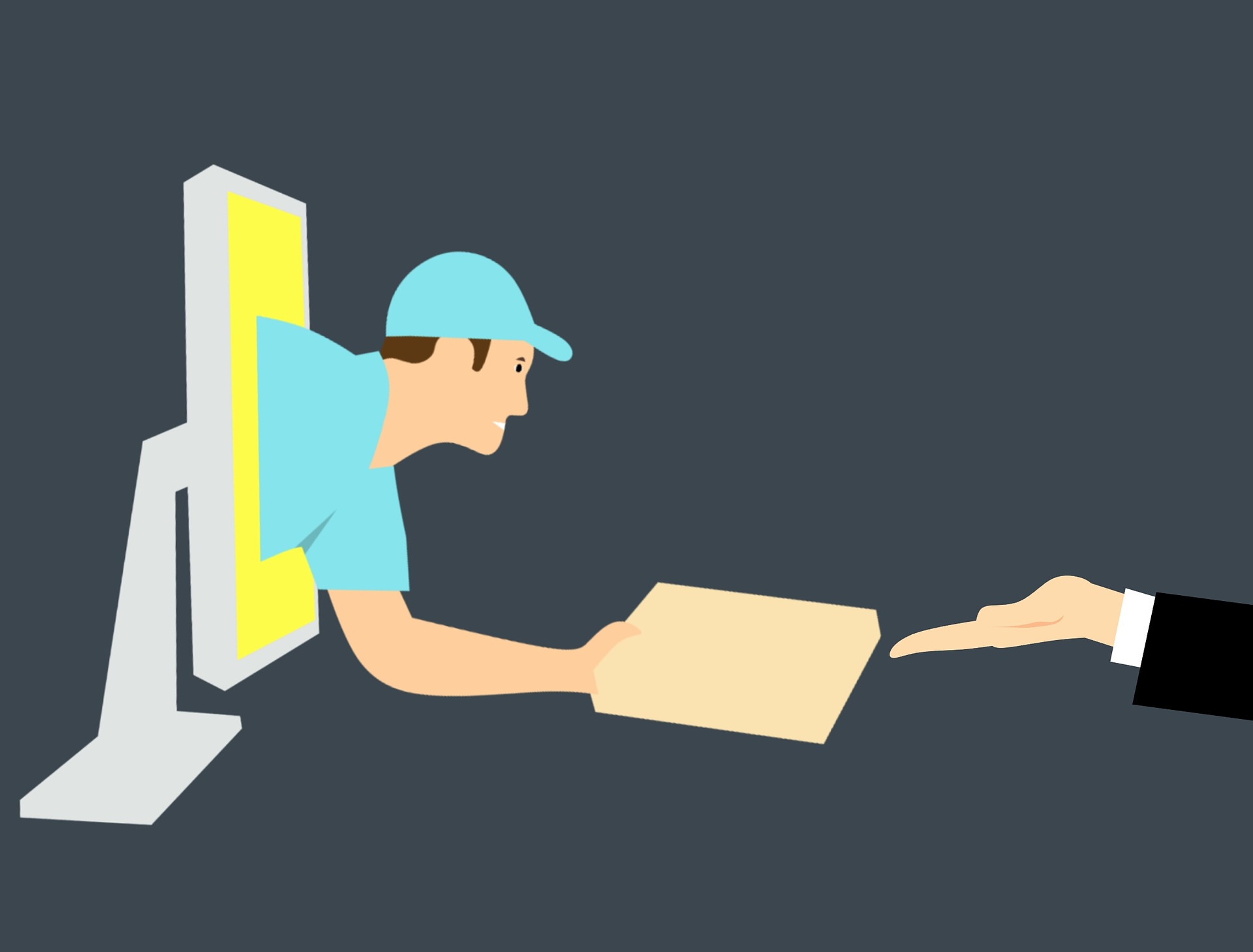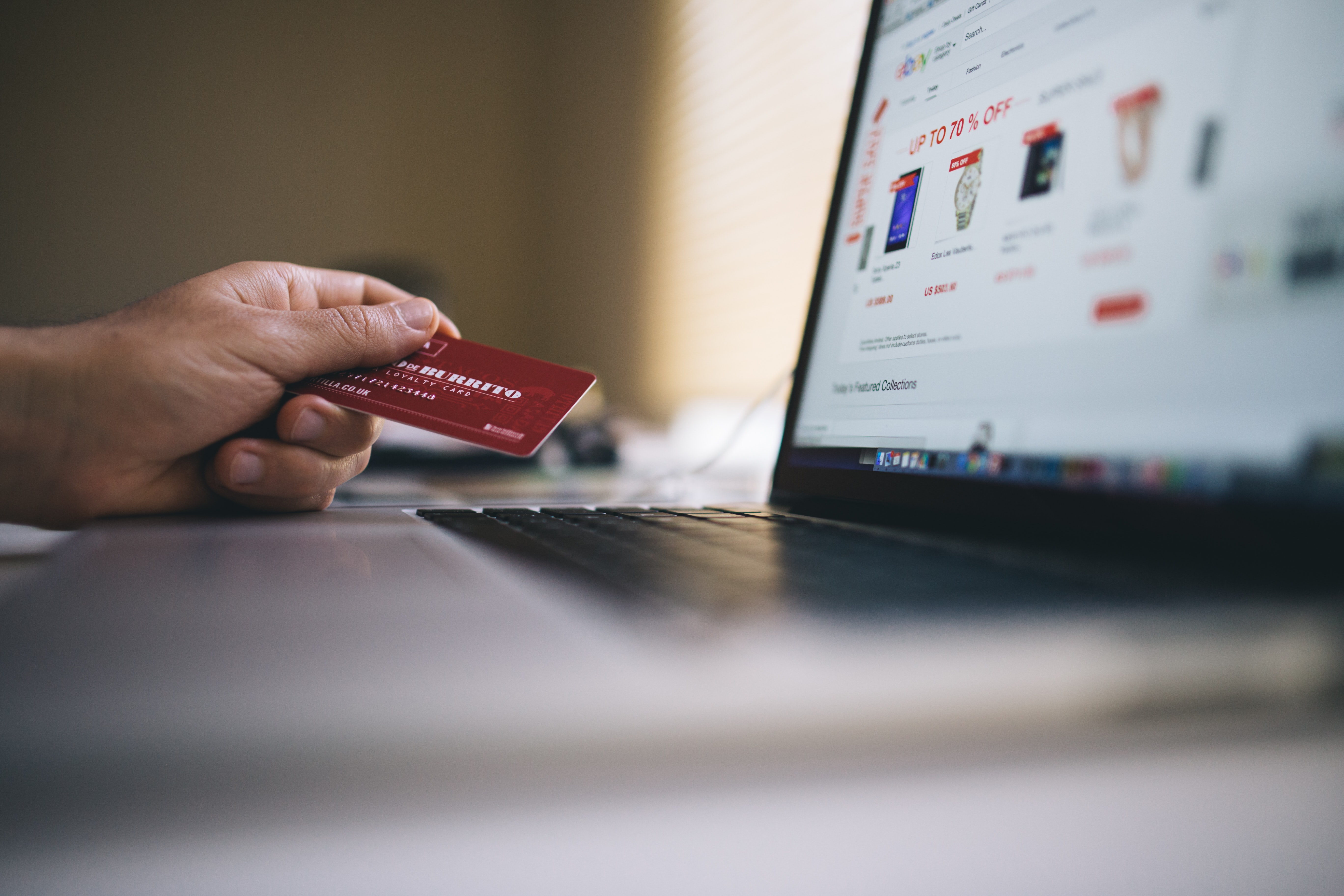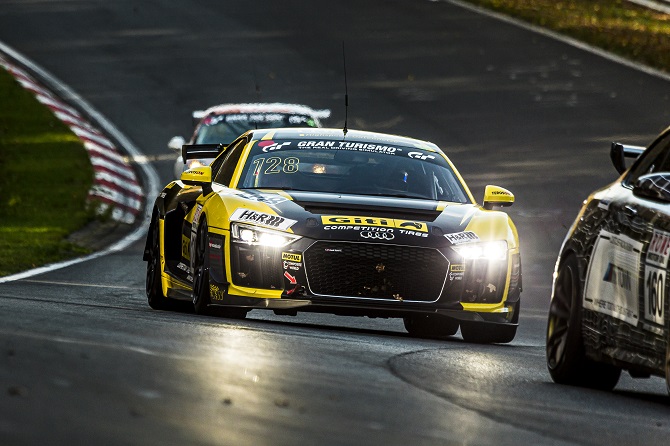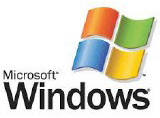The glow can be a sign of a serious eye condition
December 24, 2025
-
A holiday photo could reveal a hidden medical emergency. An unusual white or yellow reflection in a childs eye may be an early warning sign of serious eye disease.
-
The condition, known as the glow, is often first spotted by parentsnot doctors. Flash photography in dim lighting makes the holidays a prime time for accidental discoveries.
-
Early detection can save sight, eyes, and lives. Experts urge families to review their seasonal photos carefully and seek prompt care if they notice anything unusual.
As families gather this season to capture memories around twinkling lights and festive tables, a simple photograph could reveal something far more important than a perfect smile: a medical emergency hiding in plain sight.
Pediatric ophthalmologists refer to the phenomenon as the glow, a white, yellow, or opaque reflection that appears in a childs pupil in flash photography. While its easy to dismiss as a camera glitch and swipe past, that bright spot can be a critical clue to serious eye conditions, including retinoblastomaa rare childhood cancer that can be fatal if left untreated.
Thats why the American Academy of Ophthalmology is urging parents to take a closer look at their holiday pictures. In many cases, a parent or relative is the first to notice the abnormal reflection. These conditions are rarely caught during routine well-child visits, even though early detection is crucial.
20 different eye disorders
Medically known as leukocoria, the glow can signal more than 20 different eye disorders. Among them are retinoblastoma, Coats disease, retinal detachment, cataracts, infections that form granulomas, persistent fetal vasculature, and even severe differences in vision between the eyes that may require corrective lenses.
The holiday season creates almost perfect conditions for spotting the glow. Families take more photos, lighting is often dim, flash is commonly used, and children are photographed repeatedly from different angles by multiple peopleall factors that increase the chance of capturing the telltale reflection.
Parents are advised to look specifically for a white, yellow, or cloudy spot in the pupil, not the familiar red-eye effect, which is normal. The glow may appear when a child is looking slightly away from the camera, but the most concerning cases occur when the child is looking directly at it. Using flash and turning off red-eye reduction can make the reflection easier to spot.
When to be concerned
Seeing the glow once doesnt automatically mean something is wrong; sometimes its simply light reflecting off the optic nerve. But if it appears more than once in the same eye, experts recommend bringing those photos to an eye care professionaleither an optometrist or an ophthalmologistand asking for a comprehensive dilated eye exam.
Doctors say the end of the year often brings a spike in these accidental diagnoses. Jesse L. Berry, MD, director of the Ocular Oncology and Retinoblastoma Program at Childrens Hospital Los Angeles and a professor of ophthalmology at the Keck School of Medicine of USC, sees an increase in cases in late December and early January, when parents review photos from Christmas morning or New Years celebrations.
It can be vision-saving, eye-saving, and life-saving, Berry said. The earlier it is picked up, the easier it is for us to treat these tumors and to save the eyes and the vision.
Awareness efforts have grown in recent years, including Know the Glow, an international campaign founded by Megan Webber after her childs eye disease was first detected in a family photograph. Advocates hope that as more parents learn what to look for, a quick glance through holiday photos could make all the difference.















